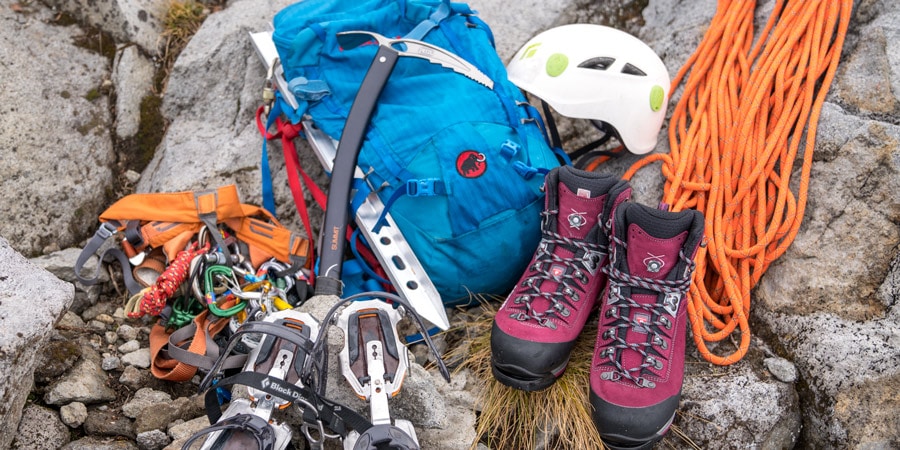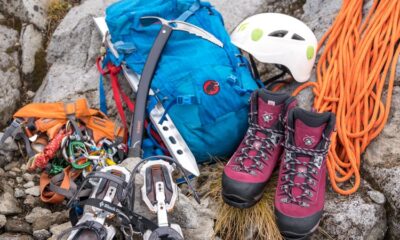Gear is an important part of your bike’s performance. From Cadence to chainrings to pulleys and even drivetrains, there are several factors to consider when buying the right hill climbing gear for your needs. In this article we will discuss some of the most important elements that go into choosing the right cycling gear.
Cadence
The correct cycling gear is vital to achieving a high cadence while hill climbing. Changing gears too early or too late will lose momentum and make climbing harder. Shifting at the right time is essential to ensure that the chain transfers smoothly from the front to rear derailleurs. It also helps to lessen pedal pressure to ensure that the change is a smooth one.
Cycling cadence is the rate at which you spin your cranks, which is measured in revolutions per minute. Although this number can vary from rider to rider, the ideal cadence for a climber is typically between 70 and 90 revolutions per minute.
Chainrings
Chainrings are an important part of a mountain bike’s drivetrain. The choice of size is important because it affects the gear ratio. Choosing the right size for your bike will allow you to pedal more efficiently and reach your top speed faster. However, choosing the right size depends on your personal preference. Some pro riders prefer larger chains, and some prefer smaller ones.
When choosing gears, consider the number of teeth on the chainring. The higher the number of teeth, the tougher it will be to pedal. Similarly, the smaller the number of teeth, the easier pedaling it will be.
Prusik pulleys
There are a number of benefits to using Prusik pulleys for your hill climbing gear excursions. For one, they are incredibly compact and lightweight. They are also an essential piece of rescue gear. In addition, they are very versatile, as they can be used for a variety of uses.
UL-certified, they meet NFPA 1983 “Gin. General Use” standards and offer reliable performance under the harshest conditions. They feature high-efficiency sealed ball bearings and precision side plates for easy operation. In addition, they feature oversized top holes for up to two rescue carabiners. They are also built with low-profile fasteners to reduce the chance of snagging when the pulleys are moved.
Shimano GRX drivetrains
Shimano offers two different types of GRX drivetrains for hill climbing. The single-ring and double-ring configurations offer different degrees of precision and operation. Both options have the same front derailleur, but are different in terms of chainrings. You can use whichever option is better for your riding style. GRX mechanical drivetrains are the cheapest option.
Shimano GRX rear derailleurs feature Shimano’s Shadow RD+ technology, which helps to reduce unwanted chain movement when riding on rough terrain. This technology also reduces chain slap against chainstays for quiet shifting. This technology is compatible with existing Shimano road groups. However, Shimano has positioned this system as its aggressive road bike offering.
Placement of belay devices
A belay device is a piece of climbing gear that locks the rope at the top of a climb and helps the climber stay attached to the rock. They come in a variety of shapes and sizes, but most work the same way. The basic principles of belay devices are the same, so you can use any type of belay device as long as you know how to use them.
Two common belay devices are the figure eight and the tubular type. Figure eights are used for belaying but tend to twist the rope. A variation of the figure eight is the DMM “cardiac arrester” which is shaped like a heart and is designed to stop the rope from twisting. Both types of devices are useful for belaying, but a tubular style is better for rappelling.
Price
Hill climbing gear can be expensive. Basic items like chalk, shoes, and harnesses are cheap, but to tackle more difficult objectives, you’ll need to invest in expensive rope, protection gear, packs, and specialized clothing. This can add up quickly. But there are ways to save money while still having a great experience.
The first step is to find the right type of gear. If you’re looking for a medium-priced option, look for avalanche probes, which can cost as little as USD 40. These are useful for detecting avalanches, ensuring that the rock is stable, and digging a safe shelter in case of an emergency. These items are generally made of aluminum and are lightweight and durable. Many of them also feature D or T-shaped grips.









































